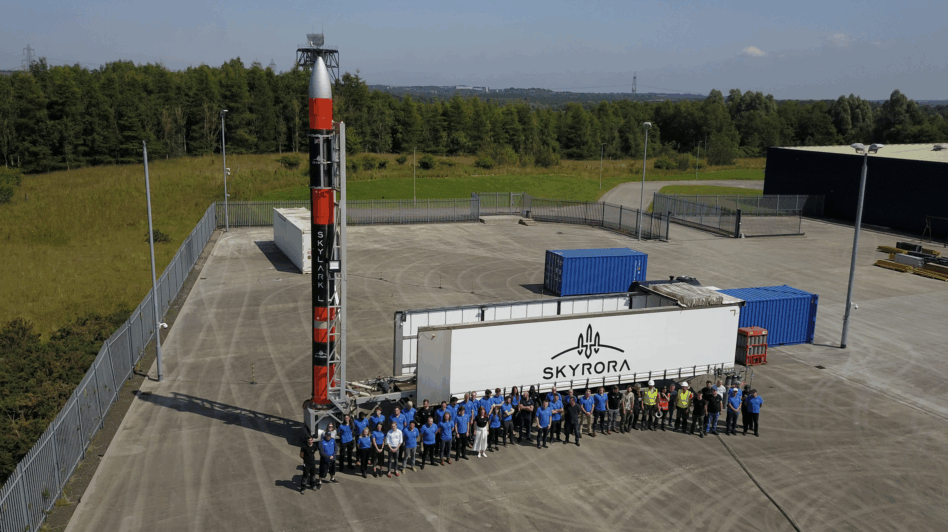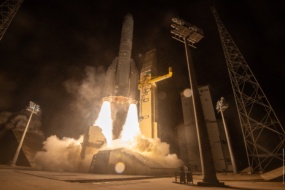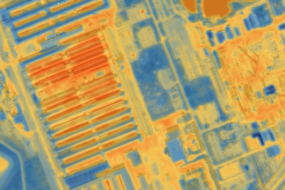Skyrora became the first British commercial rocket manufacturer to secure a launch license from the UK Civil Aviation Authority (CAA), paving the way for its Skylark L suborbital rocket to lift off from the SaxaVord spaceport in the Shetland Islands.
While the Scottish company’s date on the relatively nearby launchpad is still TBD, Derek Harris, Skyrora’s business development lead, told Payload it could take place as early as May 2026.
Both Skyrora and SaxaVord declined to comment about the progress being made to set up a launch from SaxaVord, but Alan Thompson, Skyrora’s head of government affairs, told SpaceNews that the issue comes down to a lack of available launch pads.
Germany’s Rocket Factory Augsburg (RFA) and Orbex are already building out launch operations at SaxaVord, though only RFA has been able to secure a launch license from CAA thus far.
Spaceport shopping: Skyrora could launch sooner if it opted to fly from an international launch pad, however. That’s the route it took in 2022, when it launched a rocket from Iceland’s mobile Langanes launch site.
“Unfortunately, we are still technically locked out of SaxaVord,” Harris said. “What is still open to us is Oman, and Australia, or even going back to Iceland…[but] it would be a sad indictment of what’s going on with the government funding if we have to go elsewhere to launch it.”
Having the UK license in hand makes it easier to secure licenses from other countries with similar launch regulations and requirements, in the time it takes to ship a rocket to those locations, according to Harris. But Skyrora wants to be the first UK launcher to reach orbit from the UK.
ELC who? The company was recently passed over by ESA’s European Launcher Challenge (ELC), and the potential €169M ($195.6M) in government funding that comes with it.
“There was always a little bit of hurt, embarrassment, anger, around why weren’t we selected,” Harris said. “But then you take that pain and we’ve turned it around…we’ll see who’s launching by the dates required, and we will again let our technology do the talking for us.”
Skyrora faces stiff competition from its UK counterpart, Orbex, which was selected by the ELC, received £20M ($26.6M) in funding from the UK government in January, and has begun setting up launch operations at SaxaVord.
Skyrora, however, was selected last year as one of the many companies supporting the UK’s £1B ($1.2B) advanced hypersonic missile program, which has helped to fund its launch ambitions.
Higher and higher: Though Skyrora’s first launch of Skylark L ended in failure, the company thinks it has made the right adjustments to pass the Kármán Line this time around. And even if they don’t, Harris said just getting further than they did in 2022 will help Skyrora with their goal of sending payloads to orbit aboard its upgraded Skyrora XL vehicle.
Skyrora has made strides in building out the XL, which is a 75-foot, three-stage rocket that will be capable of bringing 315 kg to SSO. Skyrora has already 3D-printed the nine Skyforce engines that will fuel the first stage of the XL, and plans to test-fire it as soon as December. If all goes well, Skyrora XL could launch as early as Q4 2026, according to Harris.




